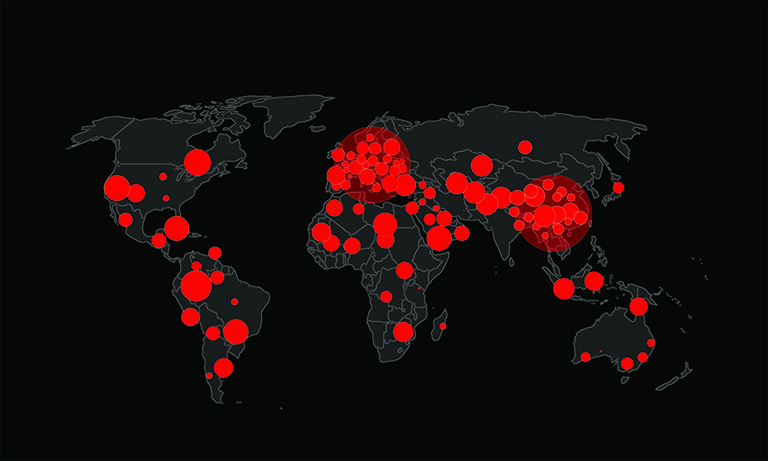How the Rules File Backdoor Exploits AI-Powered Code Editors

When we have artificial intelligence (AI) revolutionizing software development, security risks are evolving just as rapidly. Another uncovered attack method, known as the Rules File Backdoor, has exposed vulnerabilities in AI-driven coding assistants like GitHub Copilot and Cursor. This technique allows attackers to subtly inject malicious code into projects, compromising software integrity without developers realizing it.
Table of Contents
What is the Rules File Backdoor?
At its core, the Rules File Backdoor is a sophisticated supply chain attack that exploits configuration files—commonly used to define best practices and project structures—to introduce hidden vulnerabilities into AI-assisted code generation. By embedding deceptive instructions in these rule files, attackers can manipulate AI-powered tools to generate compromised code, effectively weaponizing the technology meant to assist developers.
This attack method takes advantage of hidden Unicode characters, such as zero-width joiners and bidirectional text markers, which remain invisible in a standard text editor but influence how the AI interprets and processes the rules. As a result, even experienced developers might not notice that a rule file has been tampered with, allowing malicious code to spread unnoticed across multiple projects.
What Does This Attack Aim to Achieve?
The primary goal of the Rules File Backdoor is to insert exploitable weaknesses into software without direct interaction from a human attacker. Instead of injecting malicious code manually, threat actors can subtly guide the AI into generating insecure functions or logic flaws. This means that every developer who uses the compromised AI tool unknowingly contributes to spreading the vulnerability.
By leveraging this technique, attackers can achieve several objectives:
- Persistent Code Compromise: Since the AI repeatedly generates flawed code based on tampered rules, the backdoor persists across multiple coding sessions.
- Supply Chain Infiltration: Projects that inherit rule files from a compromised repository can unknowingly introduce security weaknesses into dependent systems, affecting downstream applications and users.
- Evasion of Security Reviews: Traditional security audits focus on detecting explicit vulnerabilities in manually written code. However, when an AI assistant generates malicious code following a hidden set of instructions, it becomes harder to distinguish intent from an accidental coding error.
Why is This a Significant Risk?
Unlike conventional cyberattacks, where malicious code is deliberately inserted into a project, this method manipulates the AI into doing the work on behalf of the attacker. This fundamentally changes the threat landscape as AI-driven development tools become both a productivity enhancer and a potential liability.
Some of the major implications include:
- Unintentional Developer Complicity: Since AI-generated code is often assumed to be correct, developers may not always scrutinize every suggestion, allowing malicious instructions to slip through unnoticed.
- Long-Term Supply Chain Threats: Once a poisoned rule file is integrated into a project, every future code generation is at risk, affecting not only the initial project but also any forks or dependencies that inherit the tainted rules.
- Difficult Detection and Removal: Because the attack is embedded within configuration files rather than the actual source code, it may bypass conventional security tools designed to scan for common vulnerabilities.
What Can Developers Do?
Both GitHub and Cursor have stated that users are ultimately responsible for reviewing and accepting AI-generated code. While this highlights the importance of vigilance, additional measures can help reduce the risks posed by the Rules File Backdoor:
- Manually Inspect Rule Files: Developers should carefully review rule files before integrating them into a project. If a rule file originates from an untrusted source, it should be scrutinized for hidden characters or unusual instructions.
- Use Static Code Analysis Tools: Security-focused code analysis tools can help detect subtle vulnerabilities that might be introduced through AI-generated suggestions.
- Enable AI Safety Features: If an AI assistant provides a way to restrict potentially dangerous code generation, those safeguards should be activated and monitored.
- Monitor Project Dependencies: Teams should be aware of inherited configurations from external repositories and periodically audit them for unexpected modifications.
Final Thoughts
The Rules File Backdoor demonstrates how even the most advanced AI-driven tools can become an avenue for cyber threats if not carefully managed. This attack does not target individual developers directly but rather exploits the trust placed in AI-assisted coding tools. As AI continues to play an essential role in software development, security-conscious coding practices must evolve alongside it.
By staying informed and implementing rigorous review processes, development teams can minimize the risk of unknowingly incorporating vulnerabilities into their projects, ensuring that AI remains a powerful tool for innovation rather than a hidden liability.








